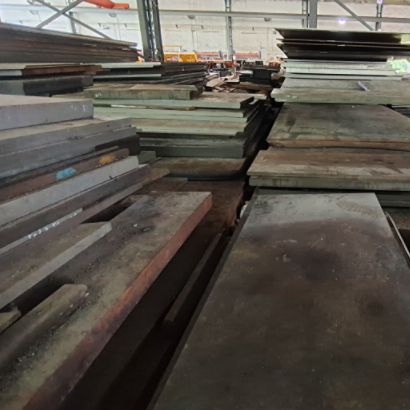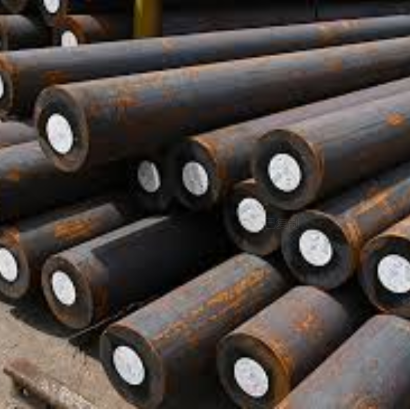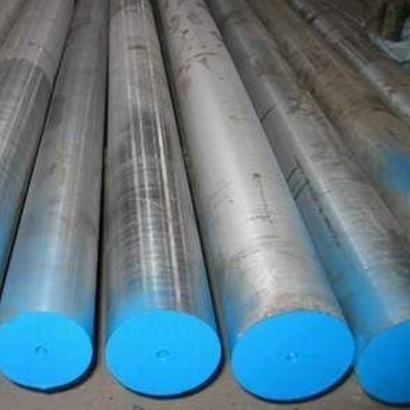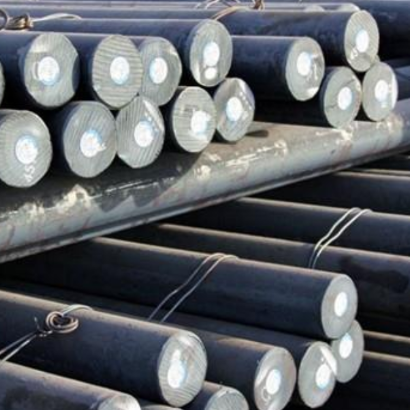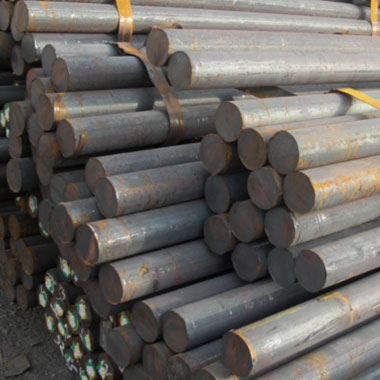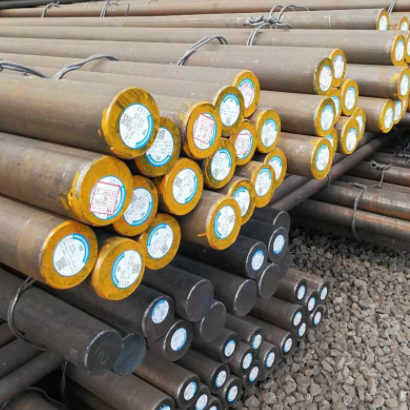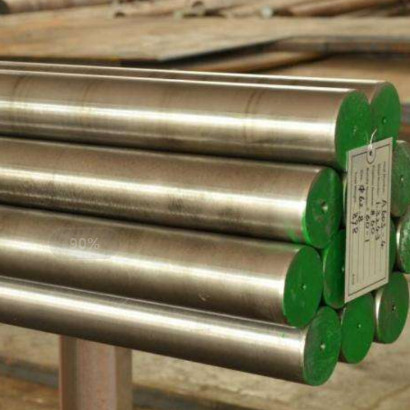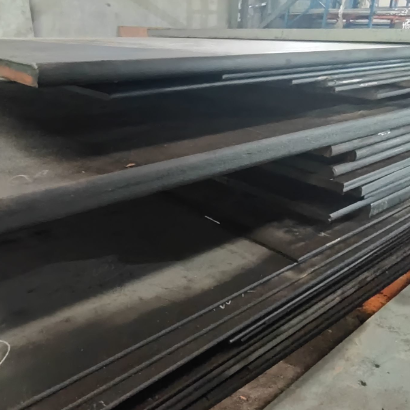A2 steel has emerged as a true workhorse in the manufacturing world, renowned for its ability to enhance precision and performance across diverse applications. Its unique combination of mechanical properties sets the stage for impeccable results.
The Metallurgical Marvel: Composition and Alloying Elements
Carbon Content: Hardness and Structural Integrity
A2 steel’s carbon content plays a pivotal role in determining its hardness and structural integrity. This feature is paramount for tools and components that experience heavy loads and repetitive stress.
Chromium’s Contribution: Corrosion Resistance and Hardness
The inclusion of chromium in A2 steel contributes to its corrosion resistance while bolstering its hardness. This dual benefit makes A2 steel a reliable choice in environments prone to both mechanical wear and corrosion.
Key Mechanical Properties: A2 Steel’s Signature Traits
High Wear Resistance: Defying Friction and Abrasion
A2 steel’s high wear resistance is a result of its refined microstructure and alloying elements. This property enables tools and components to maintain their cutting edge, even when subjected to abrasive forces.
Excellent Machinability: Enabling Precision Work
A2 steel’s exceptional machinability is a boon to manufacturers seeking precision. Its ease of shaping and forming allows for intricate designs and complex geometries.
Applications in Manufacturing
Tool and Die Making: A2 Steel’s Influence
In the realm of tool and die making, A2 steel shines brightly. Its ability to retain hardness and sharpness makes it a preferred choice for crafting tools that shape, cut, and form various materials.
Stamping and Forming: Precision Beyond Measure
Precision stamping and forming require materials that can maintain their integrity under pressure. A2 steel’s unique properties make it a go-to option for creating intricate shapes with utmost accuracy.
Heat Treatment: The Art of Achieving Optimal Properties
Annealing: Enhancing Machinability and Stress Relief
Annealing, a critical heat treatment process, refines A2 steel’s microstructure for improved machinability and stress relief. It sets the stage for subsequent hardening steps.
Hardening and Tempering: Fine-Tuning Hardness and Toughness
Hardening and tempering bring out A2 steel’s full potential. These processes achieve the optimal balance between hardness and toughness, ensuring the material is primed for its intended applications.
Challenges and Considerations
Dimensional Stability: Managing Heat Treatment Effects
The heat treatment process can influence the dimensional stability of A2 steel. Manufacturers must carefully manage the effects of heat treatment to ensure precision and consistency.
Surface Protection: Guarding Against Corrosion
While A2 steel boasts corrosion resistance, its surface can still be vulnerable to environmental factors. Protective coatings and proper maintenance are essential to preserve its longevity.
Advancements in A2 Steel Technology
Innovative Alloys: Pioneering Enhanced Performance
Researchers are continually exploring innovative alloy compositions to elevate A2 steel’s properties even further. These advancements open doors to new applications and industries.
High-Tech Processing: Redefining Manufacturing Possibilities
Cutting-edge processing techniques, such as advanced heat treatment methods, are pushing the boundaries of what A2 steel can achieve. These techniques enable manufacturers to explore new avenues of precision.
A2 steel stands as a testament to the harmony of science, engineering, and manufacturing expertise. Its exceptional properties and adaptability have solidified its role as a catalyst for precision and performance. As industries evolve and seek higher standards, A2 steel continues to serve as a beacon of excellence, ensuring that manufacturing reaches new heights of precision and innovation.
